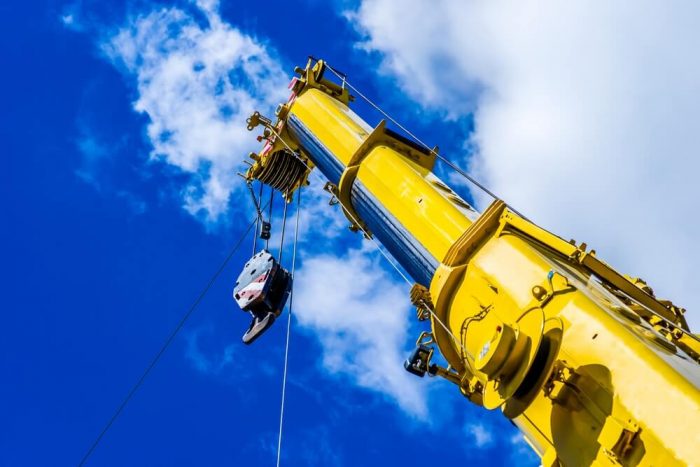
What Are Telescopic Cranes?
Enmar are the special equipment which facilitates the lifting of heavy loads and makes the movement of tons of materials from one place to the other easier. Telescopic cranes are a form of heavy cranes employed to transport objects.
Cranes like the telescopic cranes are often used in day-to-day hauling operations but it has also to be noted that these heavy cranes are very important when it comes to carrying out manoeuvring operations in shipping ports.
Telescopic cranes are mobile in the sense that they transport goods and items in a flexible manner. Also since telescopic cranes are further equipped with height adjustments, when it comes to hauling and transferring the goods from one place to another, the problems related to height are completely eradicated.
In shipping ports, telescopic cranes offer one of the best service possible. This is because a port is a place that perpetually bustles with activity. Cargo embarking and disembarking is something that takes place in any port without a second’s pause. This being the case and given the disadvantages of several other types of heavy cranes, telescopic cranes offer premium support to the smooth functioning of the duties in a port.
Telescopic cranes also play a significant role in all sorts of marine jobs either it is ship-to-shore work or erection of oil platforms offshore.
Some of the common applications of marine cranes are listed below:
- Cranes help in both sinking and raising the equipment from the deep seas or some other waterways i.e. cranes allow transportation of equipment or material on or from the seabed.
- Cranes are used to move equipment or freight around the deck.
- Cranes help in loading the equipment and materials to and from other platforms as well as other vessels.
History of Telescopic Cranes
Construction Industry was the first known field to use cranes and the Ancient Greeks were the first to develop construction cranes. These ancient cranes were either driven by men or animals such as donkey, ox etc.
The first built crane was a shorter reach jib crane. These were used for taller construction where manual transportation of material slowed down the construction process and thus engineering cranes were developed to fasten the construction.
In the 15th century with the beginning of trade over oceans, the maritime industry also got influenced by these construction cranes. The industry required cranes for loading and unloading heavy freights and started developing marine cranes on the outline of construction cranes.
Then for the first time, the 15th century witnessed the first harbour crane for loading and unloading ships. These cranes were initially made up of wood but with industrial revolution iron, steel and cast iron replaced wood cranes completely.
In 18th and 19th-century steam and electric cranes were developed, which were much more efficient than the manual cranes and provided impressive services at ports. In the late 20th century cranes with boomstick become operational, which we today refer to as telescopic cranes or telescopic boom cranes.
These are hydraulic cranes and they can be mounted on any heavy vehicle and operated from its top. They can be driven to those places where goods and cargo need to be shifted. Further technical advancement improved the working of telescopic cranes by imparting more flexibility in services, higher lifting capacities and height controls.
Types of Telescopic Cranes
Telescopic cranes can be classified in different categories as follows:
- Two types of Telescopic cranes are standardized by the Maritime Industry on the basis of their carriage capacity namely: smaller models with slewing cylinders (HM type) and larger models with slewing rings (HMR type).
- As per their mode of construction, Telescopic cranes are also categorised in two categories namely – single unit telescopic cranes and double unit telescopic cranes. Telescopic cranes maybe sometimes constructed as a single unit which can be easily moved from one place to another or two-unit equipment. A double unit telescopic crane consists of two parts viz. a telescopic mast and a superstructure called jib. The superstructure can be mounted over a truck and it can function similar to a telescopic crane.
- According to the classification of Telescopic cranes on the basis of the number of engines powering the cranes, they are of two types: Single-engine machines and separate-engine machines. The former has only one engine which powers both undercarriages as well as the superstructure of the crane whereas the former is more efficient and has larger carrying capacity due to separate engines powering the undercarriage and the superstructure.
In any port, one can find many of such telescopic cranes which enable the easy mobility and transfer of cargo to the right containers, thereby providing utility in the best way possible.
The main difference between a telescopic crane and other conventional cranes is that the former has a hollow boom which contains several tubes fitted one side the other. A hydraulic mechanism enables the elongating and refracting motion of the beam.


